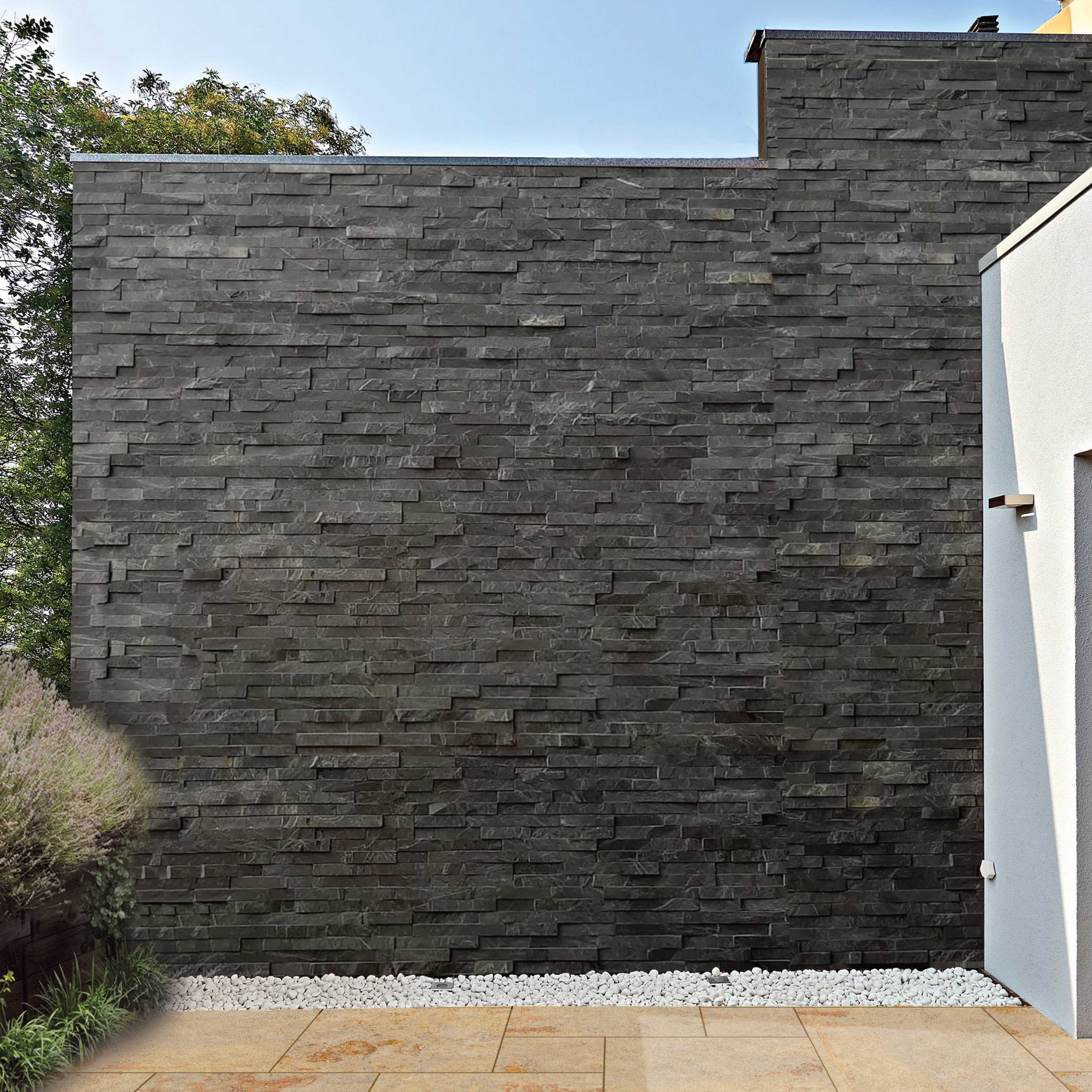Grey Patio Slabs You Might Consider for Outdoor Space
Apr 13, 2023
Any grey slab made of sandstone, limestone, or porcelain is probably the best-selling product in its category. In recent years, grey paving has decisively overtaken all other options in popularity. The versatility of a grey patio has also been demonstrated. Whether you choose grey granite, grey sandstone pavers, or grey porcelain, the grey patio slabs will transform your patio into the ultimate outdoor area.
We’re always delighted to assist you in finishing your outdoor space makeover and offer any professional advice you might require. Continue reading to learn more about different grey patio slab options and get assistance with decision-making.
1. Grey Sandstone
Grey sandstone is one of the best grey patio slabs that can give your outdoor space a rustic and natural feel. You can also install the grey sandstone on your patio, which makes it perfect for adding a sleek touch to a contemporary outdoor space. This is a natural product.
The beauty of grey Indian sandstone paving contributes to its popularity as a material for grey patio slabs throughout the country. It adds natural character to your outside area. We consider the distinctiveness of each grey block to be the true appeal of grey sandstone pavers.
2. Grey Limestone
If you’re looking for something sturdy, you should consider grey limestone for your outdoor space. The natural texture of Indian limestone paving slabs is regal and exquisite. It has a very high hardness level, high-density colours, and fewer pores than other stones. Indian limestone’s new surface has an attractive natural look and an anti-slip quality. With the many features this stone offers, this has to be on top of your grey patio slabs list.
Apart from these features, this grey patio slab also serves as a guard against acid liquid erosion and is wear-resistant. This slab can be easily cleaned with a neutral or mild alkaline-based cleaner.
3. Grey Monochrome Outdoor Tiles
Monochrome refers to the distinct hues of a single colour at various intensities. Black, white, and grey patio slabs are frequently used to create these monochromatic patios. It’s that kind of design that never truly goes out of style and is becoming a more and more common choice for many homeowners. All year long, monochrome is a trendy option. It appears just as good on the bright summer days as it does in the dark winter months.
4. Granite
Granite is one of the all-time favourite grey patio slabs used for outdoor spaces. Granite paving slabs have an advantage in terms of adaptability due to their rough texture. It performs well in various settings, including steps, patios, and garden walkways.
It has a beautiful surface that is frequently smooth, but it has character from its beginnings as cooled volcanic rock. It is typically the material for people who prefer a modern or traditional look for their patios and pathways.
5. Grey Porcelain Paving Slabs
We suggest grey porcelain paving slabs if you’re seeking a low-maintenance grey paver. These grey garden tiles are very robust and long-lasting. These grey patio slabs come with a non-porous surface to prevent the accumulation of extra moisture and an R11 grade for slide resistance. You only need to wipe any spills off your porcelain grey patio tiles, which can be done quickly and effortlessly with a damp towel.
Apart from these slabs, there are various natural stones for Patio that can turn your outdoor space into a spacious one.
Grey Patio Slabs – FAQs
We saw that many people have different questions in their minds regarding grey patio slabs. So, we thought of answering the most asked questions to clear all your doubts.
Q1. How do you lay a grey paving slab?
Here are the steps you should follow to lay grey patio slabs:
- Dig your patio area 150 mm down.
- Create a 100mm sub-base that is compacted.
- Add 40mm of concrete mix to the area.
- With a 10-15mm space, place the paving slabs 15mm into the concrete.
- Give it at least 24 hours to set.
- The concrete mix should be poured into the spaces between the pavement slabs.
Q2. What do you put under paving slabs?
A mortar mixture consisting of four parts sharp sand to one part cement is used to bed down paving slabs. Use a bucket to measure your quantities; for instance, use four buckets of sand for every bucket of cement.
Q3. Can I lay slabs on the soil?
Paving stones can be laid on soil, but it is not recommended. Any paving with a soil base can last longer or shorter depending on various circumstances, such as the kind of soil. Much more durable soil will be heavy clay soil.
Q4. Can I lay slabs on sand?
You might get away with it occasionally; most slabs won’t remain put when laid directly into the sand. Every time, we’d advise using a straightforward mortar mixture to bed the slabs down. While applying directly on the sand could be handy, the problems are not worth it.
Conclusion
We advise you to look at our selection of grey paving slabs if you want to enhance the appearance of your garden, patio, or outdoor space. We provide a large selection of sizes, colours, and finishes at affordable prices. With that many options available in grey patio slabs, you will never run out of ideas.


